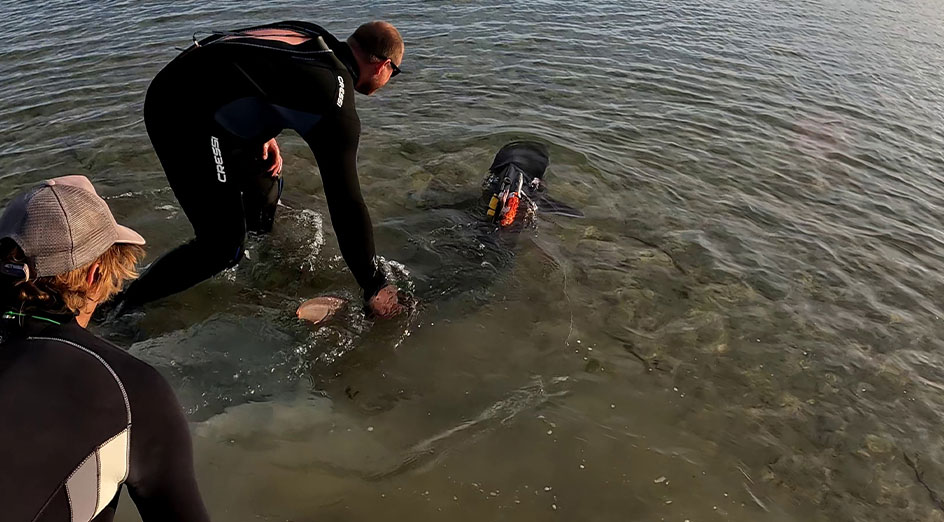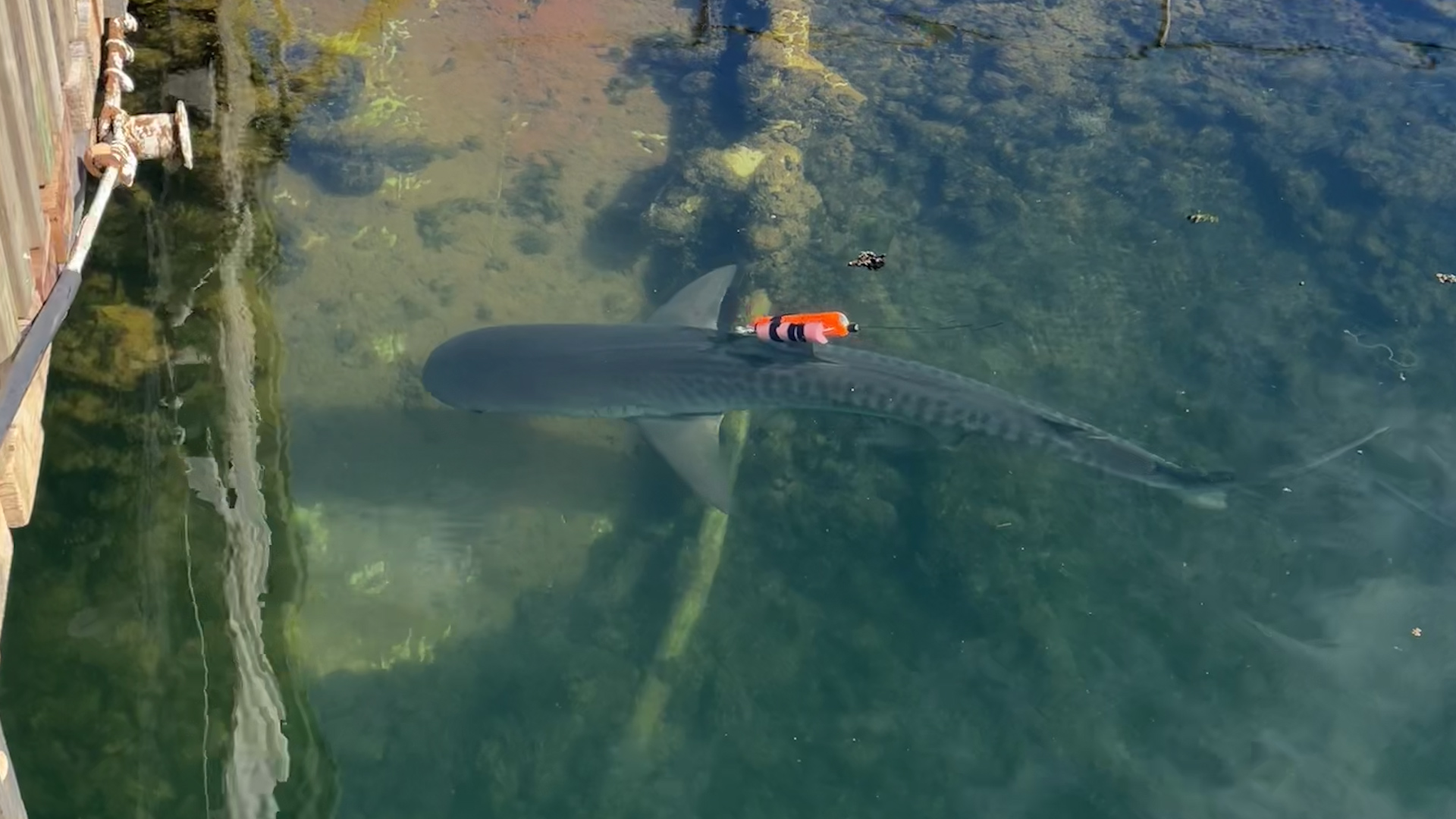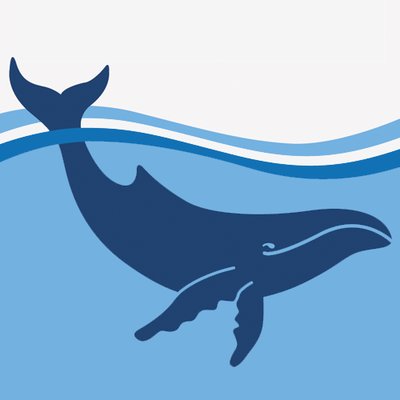In the first study of its kind, scientists have used high-resolution video tracking to document the immediate movements of a tiger shark – known affectionately as ‘Boof’ – after its release from captivity into the wild.
“Sharks are an important attraction for aquaria, and as they belong to some of the most misunderstood and threatened orders on the planet, housing them for safe periods has enormous educational value.”
Dr Oliver Jewell, UWA School of Biological Sciences
Researchers from The University of Western Australia, the UWA Oceans Institute and Australian National University worked with the Ocean Park Aquarium in Denham to safely release Boof after two years spent in captivity.
They were able to track the sub-adult shark’s fine-scale movements for a period of 24 hours and compared these to the movements of a wild shark tagged nearby.

Stress-related deaths of released sharks are not uncommon and is why this study was so important. By tagging Boof, researchers found he displayed more immediate turning movements and shallower swimming than the wild shark – possibly due to initial disorientation – but were sure he survived the release and was ready to resume life in the open ocean.
Lead author Dr Oliver Jewell, from UWA’s School of Biological Sciences, said the safe release of marine life kept in captivity relied on post-release studies of their movement, yet very little tracking had been done.
“Most studies investigating movements of sharks post-release from aquaria have used passive acoustic telemetry or archival tags to monitor such things as dive patterns and migration, however, there has been little consideration of the adjustments to swimming and movement patterns,” Dr Oliver said.
“High-resolution biologgers, like the ‘CamTag’ used on Boof, can record much finer scales of movement.”
The CamTag was placed at the base of Boof’s dorsal fin during a feeding event while the shark was swimming freely and was detached later the same day.

Dr Jewell said the research had produced a data set that would contribute to best-practice procedures for the ethical release of captive sharks.
“Such procedures will strengthen public trust and support greater sustainability in the aquarium sector,” he said.
“Sharks are an important attraction for aquaria, and as they belong to some of the most misunderstood and threatened orders on the planet, housing them for safe periods has enormous educational value.”
The study was part of the Gathaagudu Animal Tracking project led by Associate Professor Ana M. M. Sequeira and was published in The Journal of Fish Biology.








